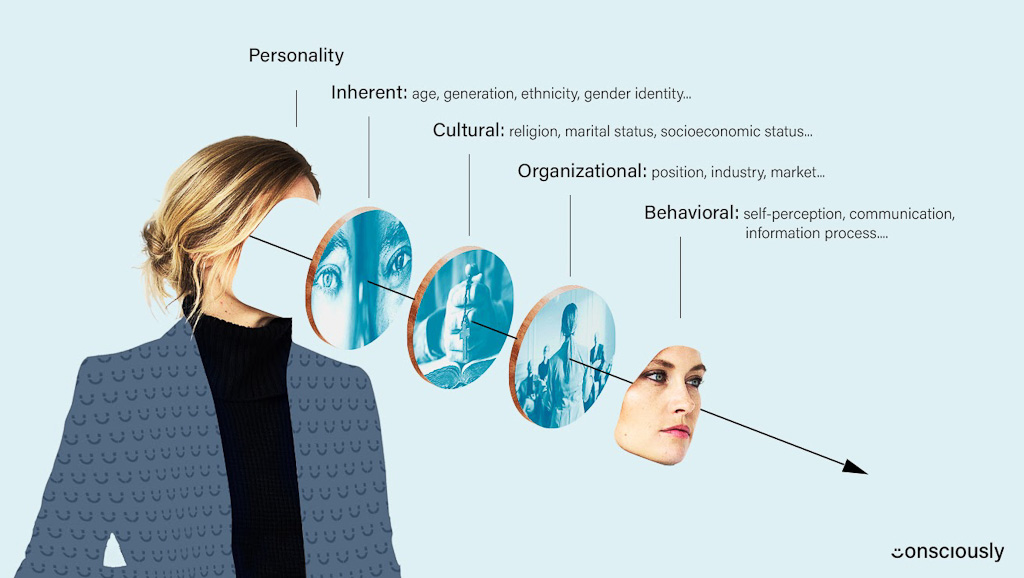The 5 Unconscious Bias’ Every Stakeholder Brand™ Should Know

Stakeholder Marketing is about the people, of course. However, it’s also about the ways in which people are attracted to, connect and engage with brands and the larger ecosystem the business occupies. Keeping this in mind, let’s dive into blindspots people, communities and audiences are being subjected to that can marginalize them and or erase them from the conversation.
Educating ourselves on the effects of our blindspots and biases is the work that’s going to improve things for both communities and brand so it’s exciting work to do.
In order to understand and write new paradigms for ourselves, knowing what form they can take in a business setting. So here we share the five main categories of unconscious bias:
Personality: When your personality type blinds you to aspects of others’ personalities.
Visible characteristics: When you have biases about others based on how they look, such as their race, gender, ethnicity, age, etc.
Culture: When you have biases based on the norms of your own culture.
Organizational: When businesses or their employees have biases based on the way things are typically done in the industry or company.
Behavior: When factors like your way of communicating or how you see yourself in a group unconsciously impact how you feel or act toward others.
Another aspect of these unconscious biases is how they can interact or combine with each other—what you’ve most likely heard called “intersectionality.” For instance, while men in the U.S. earn an average of 19 percent more than women, Black and Hispanic women earn less than white women. Racism and sexism intertwine to create more barriers than either does alone.
It’s important to think about how this effects your work, regardless of industry. As a marketer or the person in charge of who shows up in ads, as well as the language and the selection of groups and communities of interest – who we center – can be the difference. Centering (who, what groups, are presented as the focus of our thoughts, language, marketing, etc.) is at the core of learning to infuse equity into your marketing.
Reviewing all these, it’s easy to see how we may be acting in ways that are at best unhelpful and at worse harmful to our employees, customers, vendors, communities and other businesses. It can be useful to read through these, not as a one-time exercise, but regularly, to keep them in the forefront of our minds as we interact with others.
*based on research by Purna Virji
To learn more about applying these learnings in your organization, find us on Facebook and Twitter, or drop us a line at hello@weareconsciously.com.








